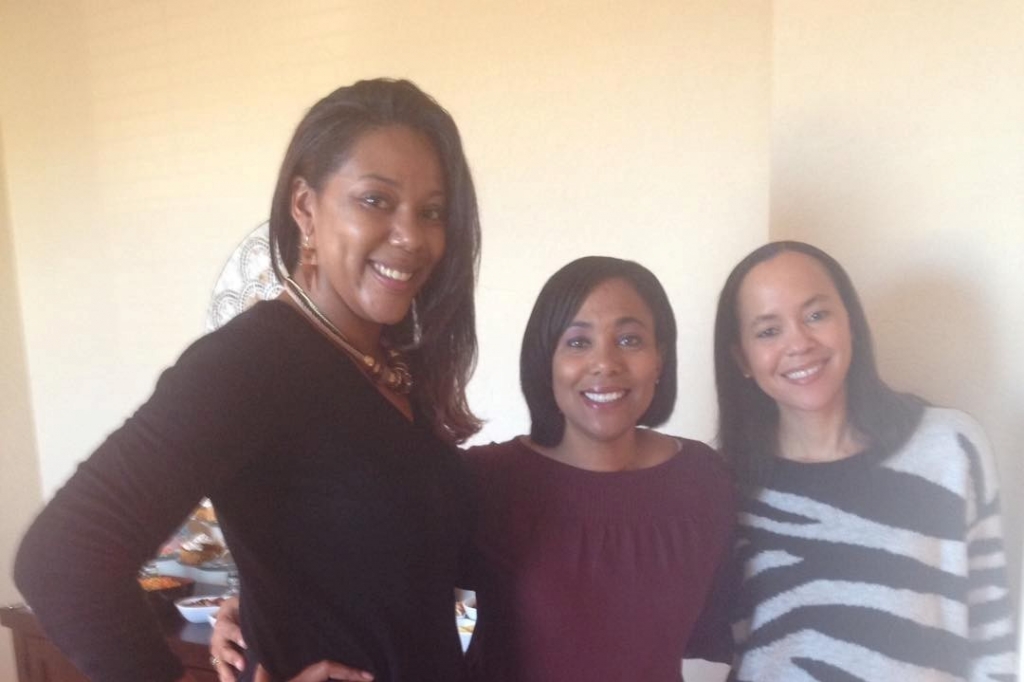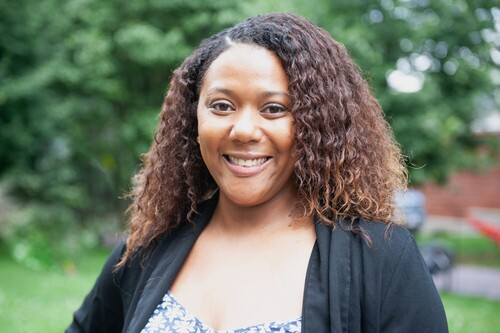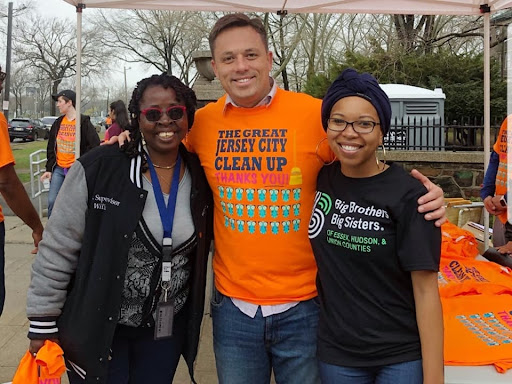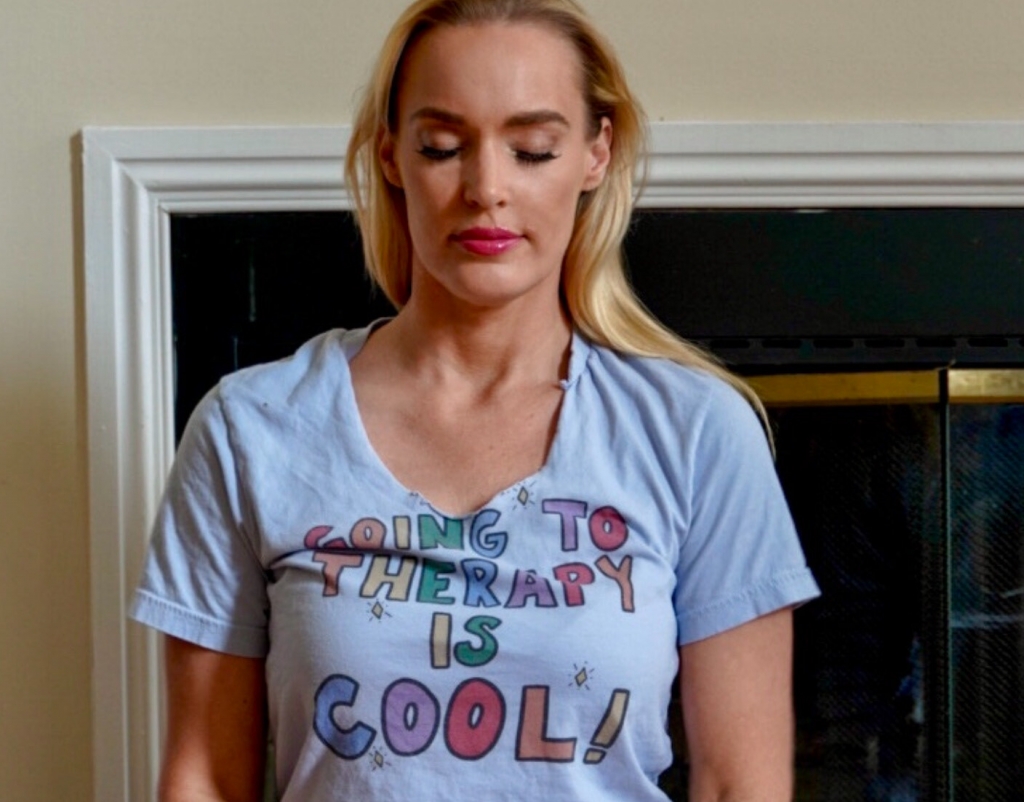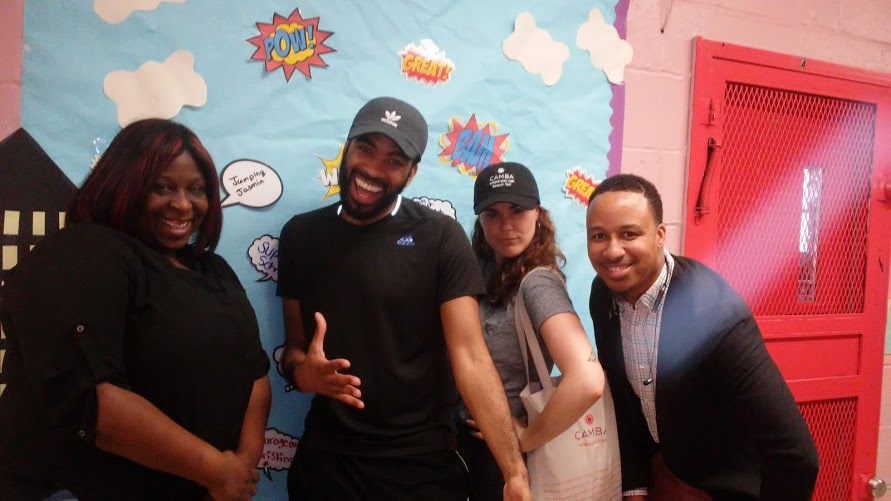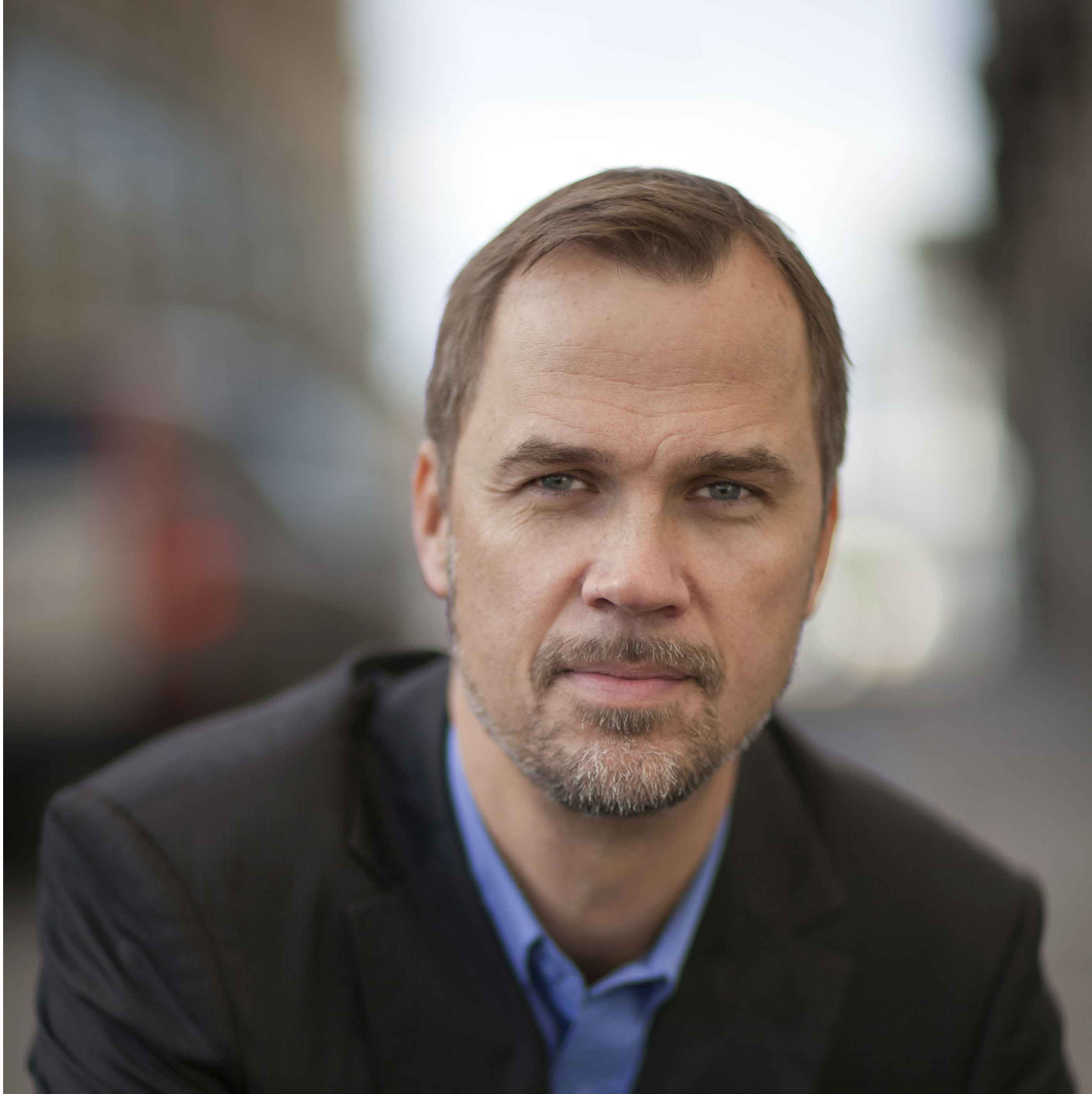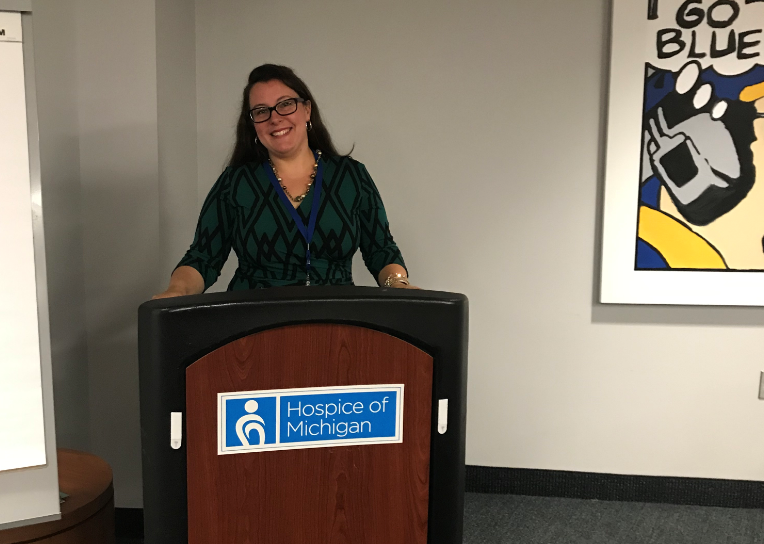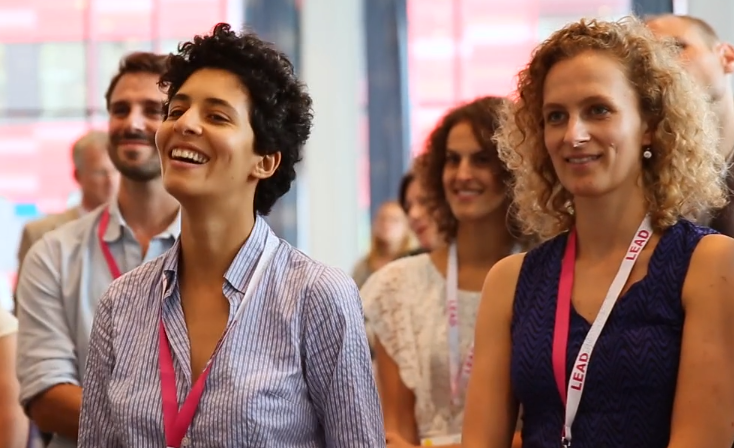
Imagine being on a boat trip with leaders from Peru to Pakistan—a global range of participants. You’re in a feedback session and keep hearing the statement: “You're reproducing white supremacy, you appear too white and you're too male.”
What would you think? How would you respond? This actually happened to us during the last LEAD Academy Summer School—a powerful five-day leadership development training in Berlin for international social purpose leaders in businesses, government and civil society. As the Project Coordinator of the Summer School team, this was not easy for me to swallow at first. I have spent my career working to promote progressive and intersectional leadership, and consciously focus on working with diverse clients .
My initial feeling was one of cognitive dissonance — the mental discomfort you experience when your values, beliefs and actions contradict one another. I and my LEAD colleagues had something of an idealistic image of the kind of organization that LEAD is; we were now forced to confront a harsh reality. And it was a reality in many ways: As a woman of color of Turkish background in a majority white, German place, I am one of two team members of color.
Transforming an Uncomfortable Situation into a Learning Experience
After thinking about it, I realized that not only do we appear to be a largely white and male organization, we also operate as one. I had never seen LEAD this way — I have always seen our work through the lens of our very progressive goals and ideals.
As a team, we knew we needed to confront the fact that just because we run a nonprofit organization with progressive ideals, it doesn’t mean our organization itself is ideal.
After speaking, my team decided to approach this as a fruitful opportunity to for growth, a chance to overcome our blind spots, as opposed seeing it as a demoralizing problem or setback. We dug deeper.
I am well-read in the issues of racism and sexism. My colleague with similar understanding offered to join me in holding a session on diversity, racism and gender for our entire team. In advance, we prepared an anonymous questionnaire to give all team members the opportunity to share their thoughts, experiences and feelings on the topic.
We began with brief definitions of sexism, racism and the mechanisms that sustain them, followed by a virtual "privilege walk" (see below) to help increase our awareness of the different experiences and perspectives we each hold.
After these exercises, we presented the results of the anonymous questionnaire in a gallery walk, so the team could get an idea of the thoughts and experiences of their colleagues. Finally, we sat down in a discussion round and created a safe and open space where we could discuss how the results of the questionnaire made us feel.
And guess what? No one dared to say anything.
As we looked out across the uncomfortable body language and an awkward silence, my colleague and I realized we had not considered that some of our team might not feel safe enough to openly share their vulnerable thoughts and emotions while others, like men and white people, were present.
Imagine you have organized a session on diversity and gender, hopeful that your team will grow, and instead, you stumble into another huge point of tension in the room.
So again, I ask you to imagine: you have organized a session on diversity and gender, hopeful that your team will grow, and instead, you stumble into another huge point of tension in the room.
All was not lost. Believe it or not, this dynamic helped to bring out new movements within us individually and as a group. We found that a new, unnamed dimension opened up. Slowly, conversations with more emotional depth emerged, and in general, a new awareness for the topic became evident.
Charting Progress, Individually and as an Organization
Since that initial uncomfortable experience, we‘ve taken extra care in our choice of speakers for our next big events, picking excellent female speakers and people of color.
Changing the way that the leaders of our organization operate was not easy, and is still an ongoing process, Even so, we’ve already learned so much, and will surely learn more in the future.
As a woman of color who faces both racism and sexism, I can say that it feels good to see these experiences being given a space for the exchange of ideas. To be listened to, and seen for my identity as a woman of color, has made me feel that I am finally being taken seriously, especially by male colleagues.
Turning a seemingly negative situation into positive by recognizing insights as useful and well-intentioned is an ideal way to respond—and we’ve achieved it so far.
Racism, sexism, and any other form of discrimination can feel like overwhelming topics and therefore best avoided. However, through our experiences, we learned how essential it is to address these issues in order to improve our interactions with one another, and our progress toward our organization’s mission and goals. And, once addressed, we learned how fruitful the results can be.
The result
We did not establish any fixed meetings or processes but what we did officially announce an ombudswoman outside of the LEAD Academy, who is a safe person that can be contacted at any time and for any kind of concern. She is willing to listen as a first step and then to find a solution together with the offended person. She is also officially introduced to any new colleagues and participates every now and then at LEAD meetings to make her visible and built a trusting relationship.
We found this As/Is video (shared by BuzzFeed), very useful in our first meeting and "privilege walk."



